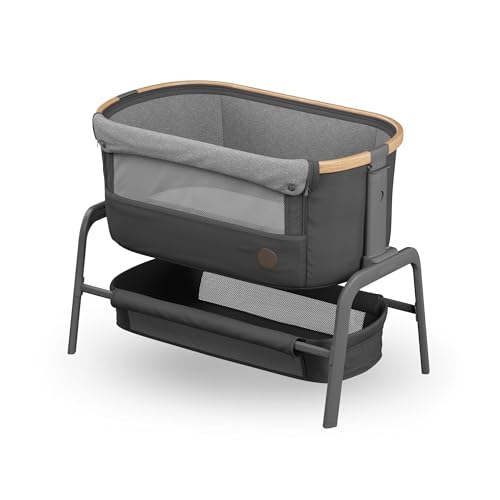How to Choose a Sale Cot
Mortuary Cots are an important piece of equipment used in funeral homes and hospitals. They enable staff to safely and respectfully transport bodies. They also provide a dignified and comfortable resting area for the body.
COTS items are crucial in the federal market, but they can be difficult to manage. This blog will discuss how COTS products fit into GSA schedules, and other government procurement regulations.
Cost-effectiveness
The use of commercial-off-the-shelf (COTS) products allows procurement agencies to gain efficiencies by purchasing items that are readily available from the marketplace. This helps reduce development time and cuts down on cost of life. It allows procurement agencies to take advantage of the latest advances in technology and industry experience.

However, cribs beds is important to remember that COT definitions are subjective and different entities may have different lenses for interpreting what constitutes an actual COTS item. This can pose a problem for manufacturers who rely on a consistent method of calculating accurate government pricing. Wholesalers and GPOs, for instance, typically have a list that is not the same as the list used by manufacturers to determine government pricing. A written SOP and COTS Reference Library are vital elements for applying an effective and consistent method of distributing COTs.
Reliability
Sale cots are an essential purchase for mortuary facilities. It should be durable and durable enough to withstand high usage. It should be easy to transport and set up. The manufacturer should provide good customer service in the event of any after-sales issues. Take feedback from your employees prior to making a final decision. They are the actual users of the cots and will give you an idea of its durability and reliability.
Wholesalers and GPOs can assign COT designations that do not match the list of the manufacturer. This is due to many factors, including changing business models, mergers, and acquisition activity. This creates challenges for consistent application of an objective lens to classify COTS.
Durability
Durability is key for sale cots because they must be able to endure the rigors of frequent use and transport. Funeral homes often use these cots for displaying body remains, so they need to be strong enough to withstand the weight of the casket as well as other items placed on top of them. Cots must also be resistant against corrosion and possess an easy-to-assemble, sturdy structure. It is essential to select a company that provides customer service and can assist with any problems that might arise after the purchase.
Solid wood cots are the best choice for baby furniture because they're sturdy enough to last and less likely to be contaminated with harmful chemicals or toxic off-gassing, unlike composite materials such as MDF or chipboard. They also look more appealing than less expensive alternatives.
The Westport design from Silver Cross is a great alternative if you're looking for a cot and lounge chair in one. It's constructed from a durable material and comes with three different levels of height suitable for growing babies. The instructions can be difficult but once you've got it together, this cot will serve your family well.
The Helinox Cot One may be the tiniest cot, but it is not as durable as other models we've evaluated. It also has lots of parts, so it takes longer to assemble than other cots. It's a comfortable cot and a great choice for backpackers. It's also 14 oz lighter than Thermarest Luxury Lite and Sleep Rite.
Safety
If you are supplying cribs, make sure they comply with the product safety standard. This is an important step to prevent child injuries and deaths. This can be done by asking your supplier if their products have been independently tested. Request that your supplier send you a copy their test results. You can also conduct your own tests.
It's crucial to verify the safety of your cot prior to you let your baby sleep in it, regardless of whether it's brand new or used. It is also important to be looking for warnings and labels that give information, as well a certificate from the manufacturer. It should also be free of sharp edges, protrusions or gaps that could entrap a child's finger or leg. Also, there should not be footholds that a child can use to get out of the cot.
Check that the mattress of a cot is clean and flat. It should fit perfectly without any gaps, and the bottom edge of the rail should not be higher than 30 millimetres from the mattress base. If the cot has an adjustable base, make sure that it is in its lowest position.
Make sure that the slats and filler bars are fixed and do not have any tiny holes that could catch clothing. Bolts, nuts and corner posts shouldn't be more than 5mm from the ground to prevent children from being able to catch their fingers. Make sure the cot isn't near drapes or blinds that are loose and could easily be snatched by tiny hands.
Finally, look for a label which indicates that the cot has been evaluated to the mandatory standards and complies with Australian Standards AS/NZS 2172:2003 Cots for household use-safety requirements. This is the only guarantee that the cot is secure and suitable for sleeping. It is illegal for second-hand shops and antique stores to sell antique cots that do not have certificates or labels.
While most designers and manufacturers are diligent in ensuring that their products are safe, accidents can happen. Older cots used by older children may not be safe standards and could be a danger of death from suffocation or ingestion of foreign bodies.
